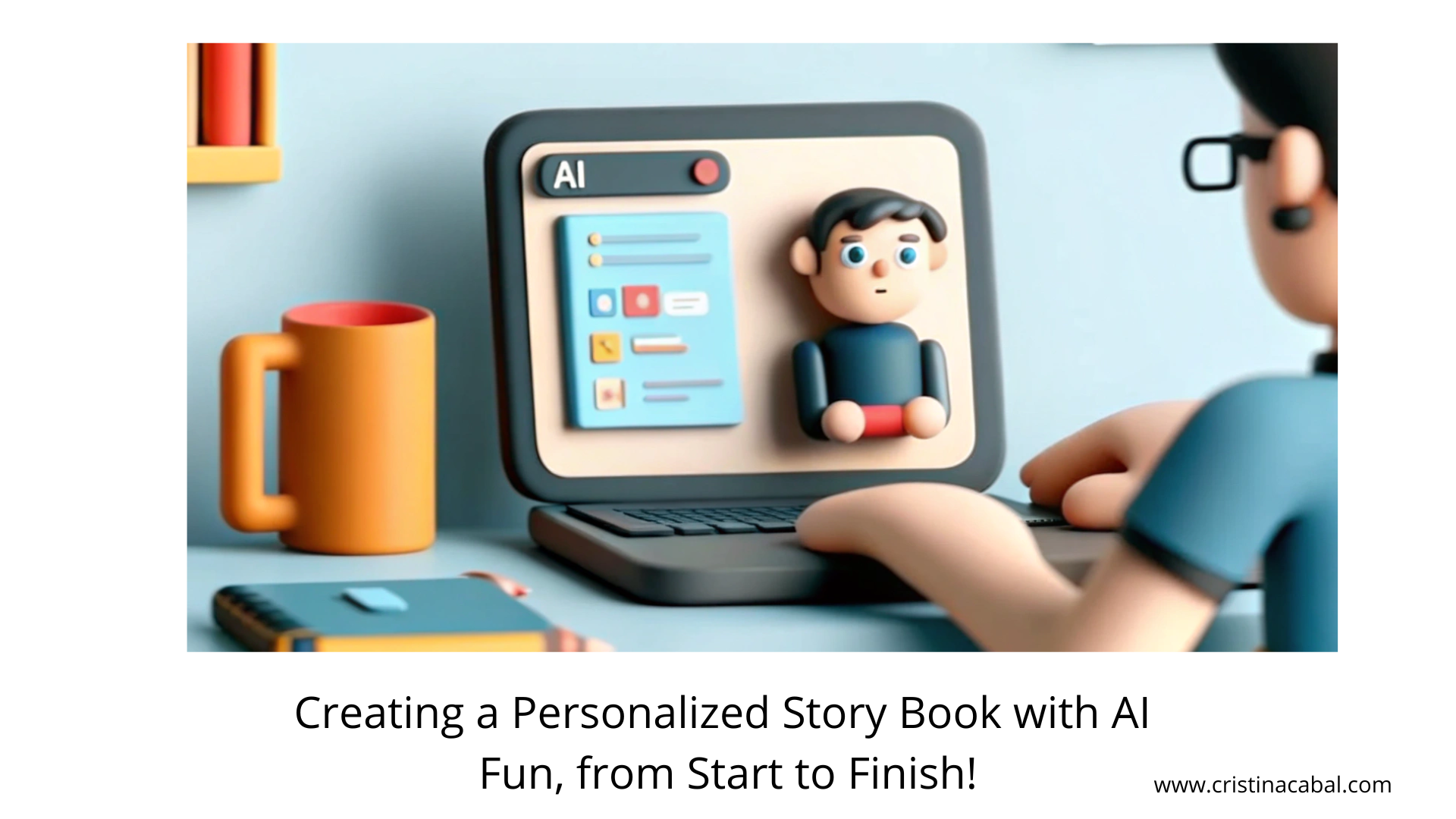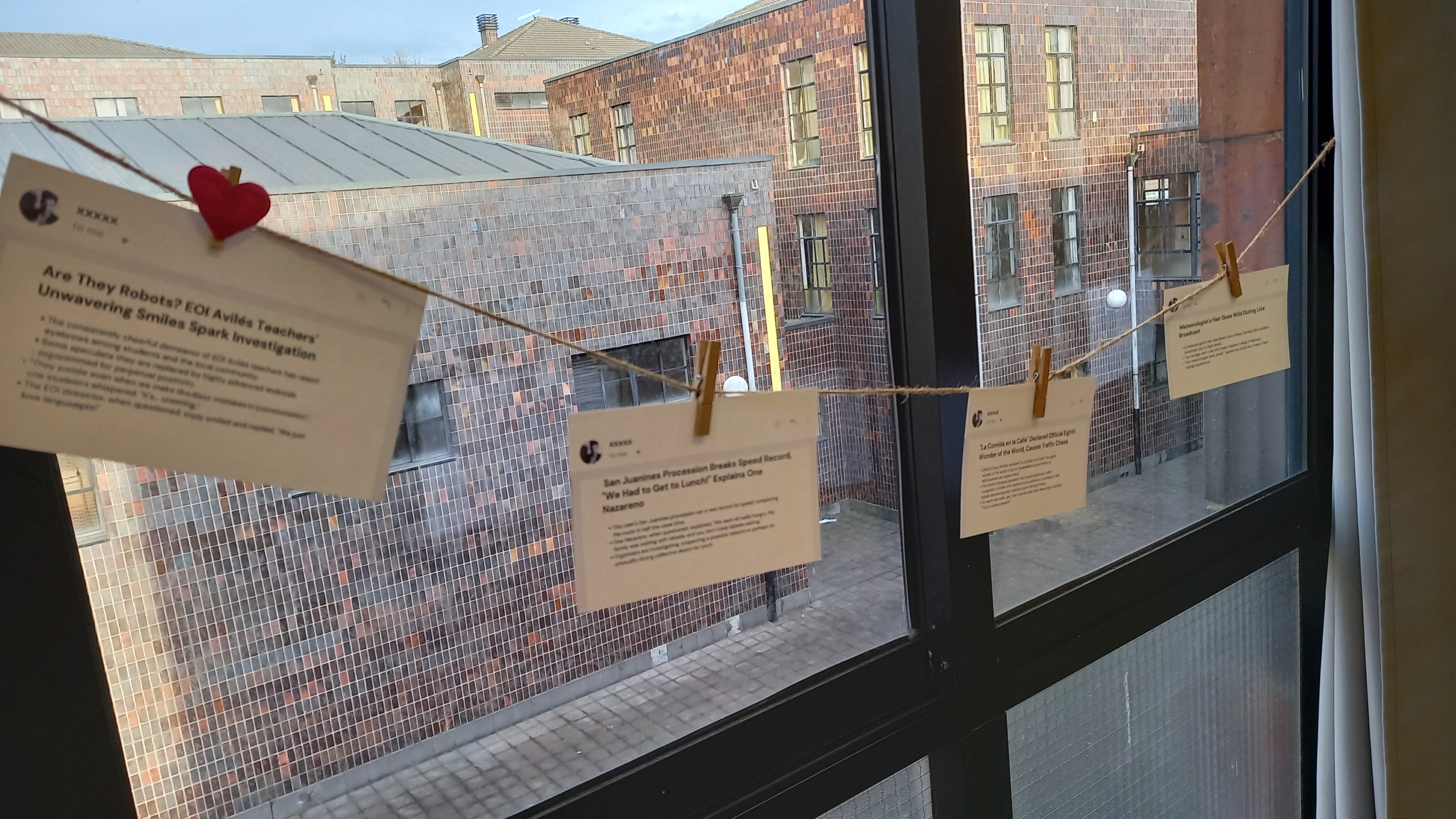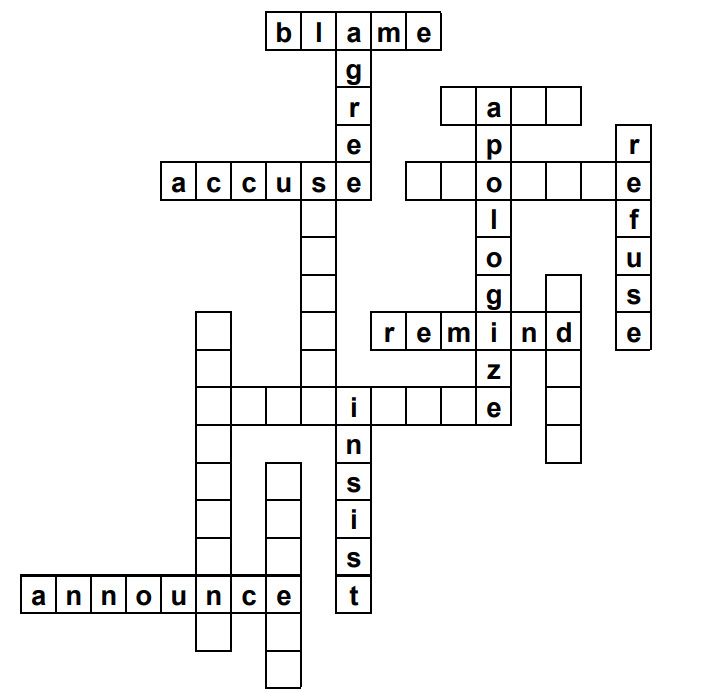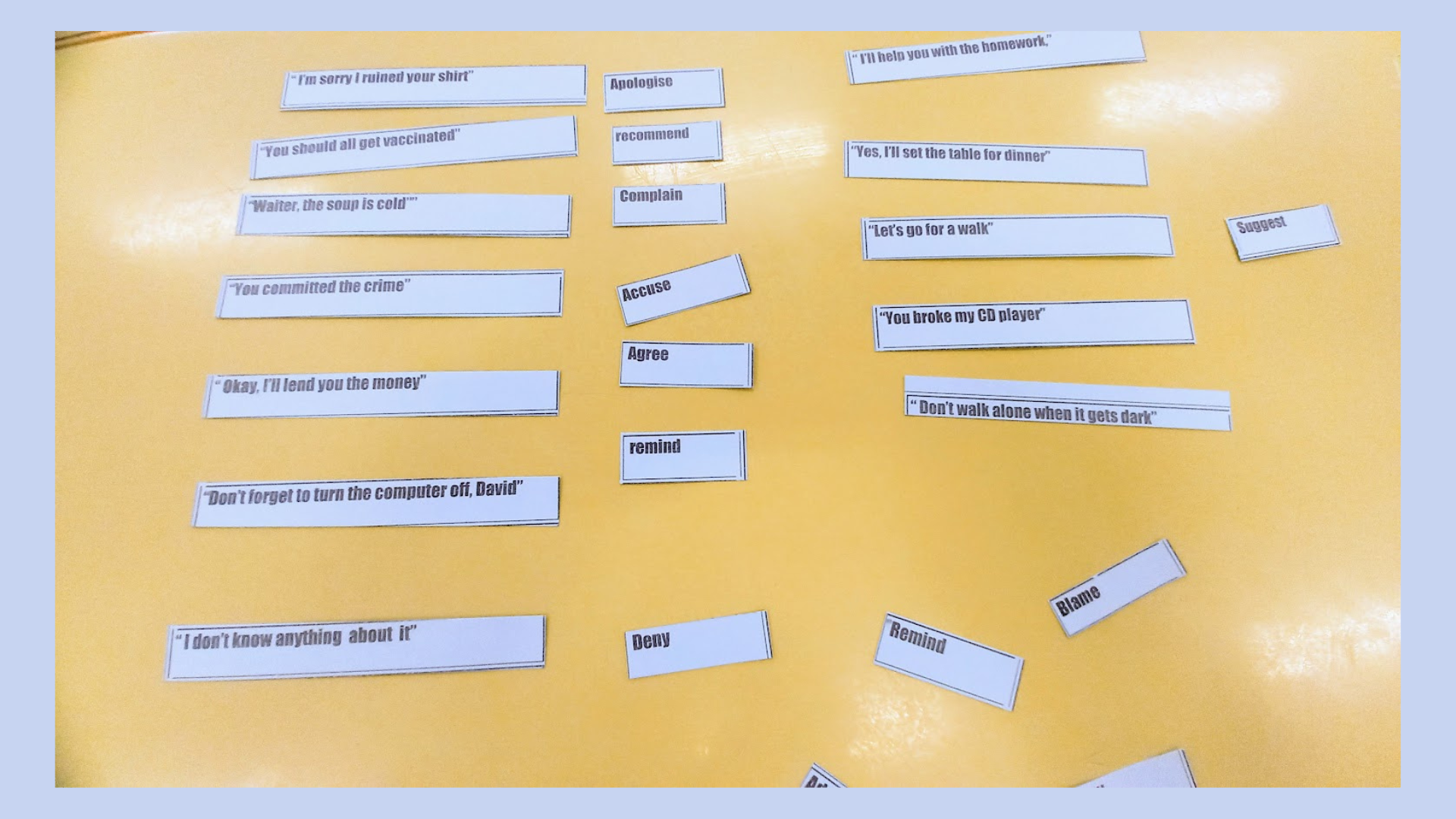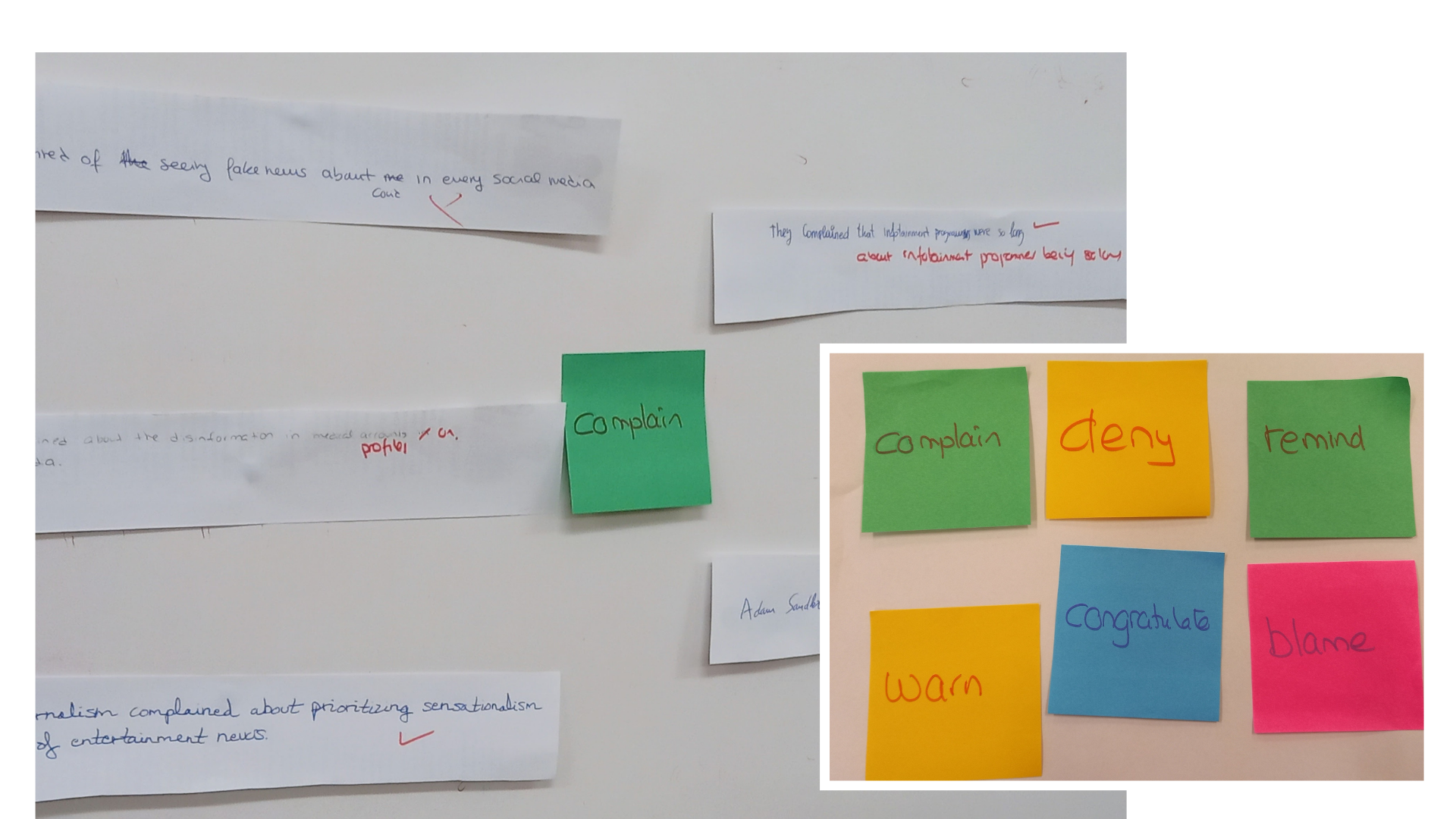Inspiration can be found in many places; in my case, pretty often while driving to work, but for this post, I was inspired by this post on one of the challenges found on Briantolentino’s blog , which offers a variety of activities to help students master writing.
We’ve all seen it – students learn fantastic new vocabulary and grammar structures, but when it comes to writing or speaking, they retreat to their comfort zone. While completely natural, this habit creates a gap between their knowledge and their actual language use.
This writing activity has two clear goals:
1. Create an engaging writing experience where students feel confident to experiment.
2. Build a framework that encourages students to use newly learned vocabulary and structures.

I’ve put together a Canva presentation (you’ll find it below) with all the instructions, challenges, and, of course, a little fun. Picture me as a dark-haired, mysterious woman standing next to the head of a huge black wolf, giving my students their mission. Sorry, but that’s just who I am. I’m also entitled to some fun!
THE ACTIVITY
Objective: Your task is to write a story in 10 sentences, but with a twist. You will be given instructions that must be followed at specific intervals. Each sentence of the instructions will be presented to you every three minutes. You will be working in pairs.
Below you will find my presentation. Yes, the woman with the wolf is a virtual version of myself.
Creative writing in 10 sentences de cristina.cabal
Instructions:
- Every three minutes, a new instruction will be given to you. You must incorporate the instruction into your writing immediately.
- If you finish writing before the three minutes are up, use the extra time to revise, edit, and reflect on what you have written so far. Think about how you can develop your story further or how to handle the next instruction.
- It is important that you follow each instruction carefully. The story should evolve with each new challenge you receive.
- When you finish writing the story, you will have 2 minutes to edit and fine-tune it
Important: I’m lucky enough to have small whiteboards on the classroom walls, so I assigned one to each pair of students. But if you don’t have them, no worries! They can just write on a piece of paper and, once they’re done, use some blue-tack to stick them up on the walls. Easy!
What happens after the students have finished their stories?
Once they finish writing, they should sit down and work on a short task while you read their stories and underline any mistakes—but don’t correct them yet. They’ll need to go through and fix their own mistakes first. After that, check their work again and correct anything that still needs it.
Finally, students can read all the stories and vote for their favorite one. This part is optional, but it’s a fun way to wrap things up!
These is one of my classes doing the task. Thank you beautiful people for allowing me to use your image!
Creative writing de cristina.cabal



